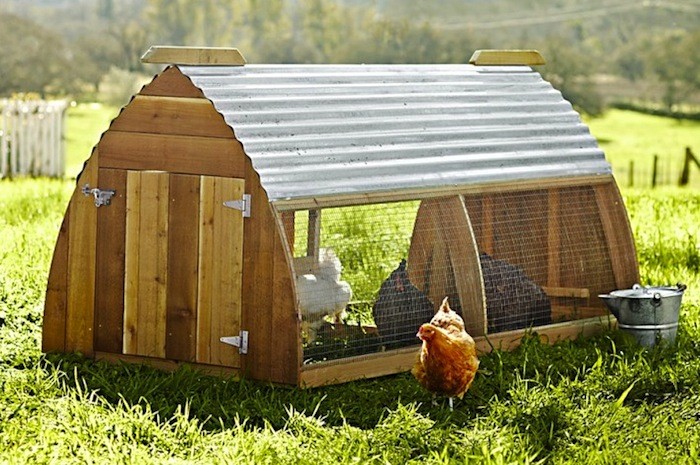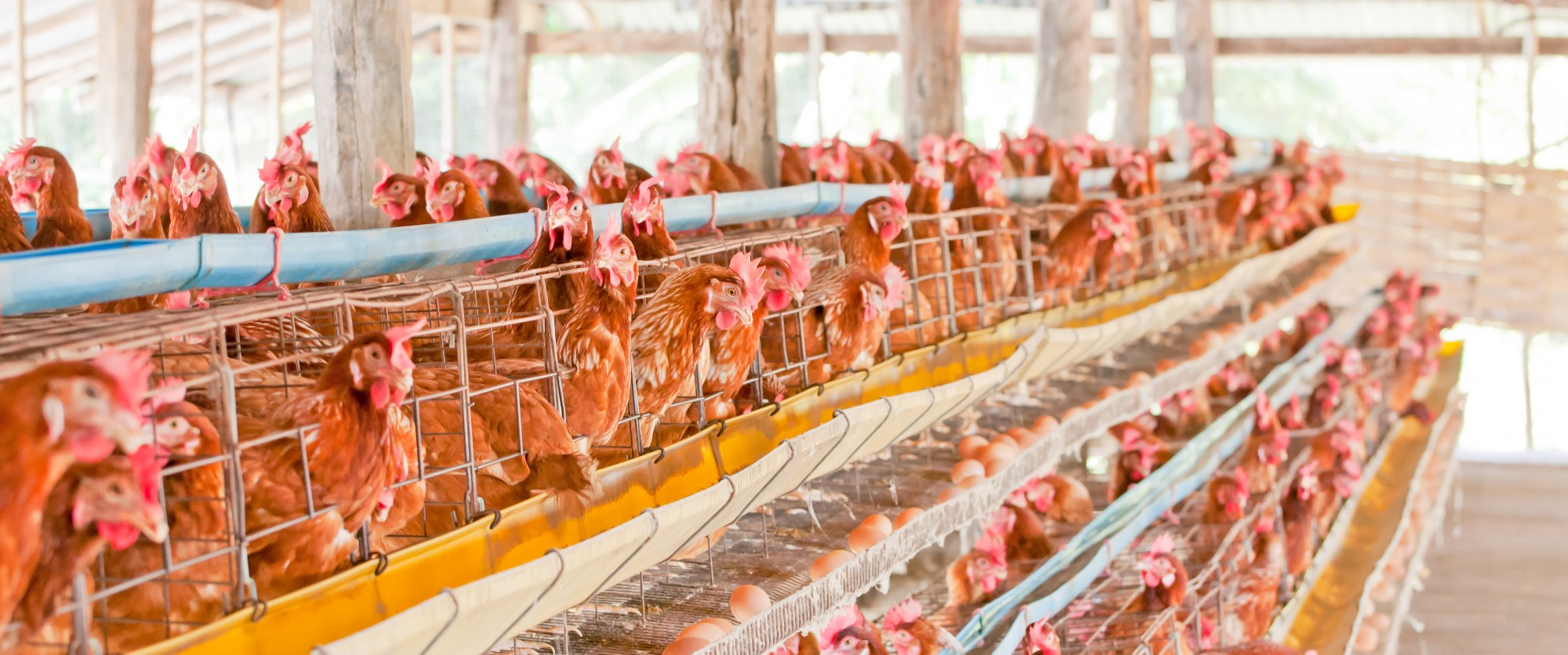The natural living requirements of a chicken include:
- Omnivorous diet
- Fresh water
- Secure shelter
- Light exposure
- A flock
 Source: Home Ecology
Source: Home Ecology
Hens need an omnivorous diet, known as ‘laying feed’ which they like to search for by scratching at soil. In addition, fresh water is required at all times. Further, as chickens are prey animals, they require secure shelter from predators. This shelter needs light exposure as hens lay based on daylight. Chickens should be housed in flocks as they are gregarious creatures. Specifically, hens take a communal approach to the incubation of eggs and raising their young.
However, even when natural living requirements are met, oftentimes the affective states of the animals are the next concern. This includes the lack of negative states like pain, distress, and suffering. In addition to that, many animal advocates believe that the animals’ emotions and feelings are just as important to consider when thinking of welfare (Fraser, 2008). However, it is difficult to identify and quantify certain affective states in animals as certain states cannot be observed directly. When there is no specific behaviour that accompanies an affective state, scientists may study changes in physiology as indirect evidence to prove certain states such as stress. Bulmer and Gill (2008) determined stress levels by measuring corticosterone concentrations in the eggs laid by hens housed in different farming systems. They found indications of chronic stress in battery hens. Further research shows hens in confinement experience severe frustration. However, it is also suggested that birds in battery cages are less likely to experience fear since they are housed in a stable social group with relatively few members. Regardless, around time of egg-laying, hens depict behaviours that may indicate pacing and increased aggression.
